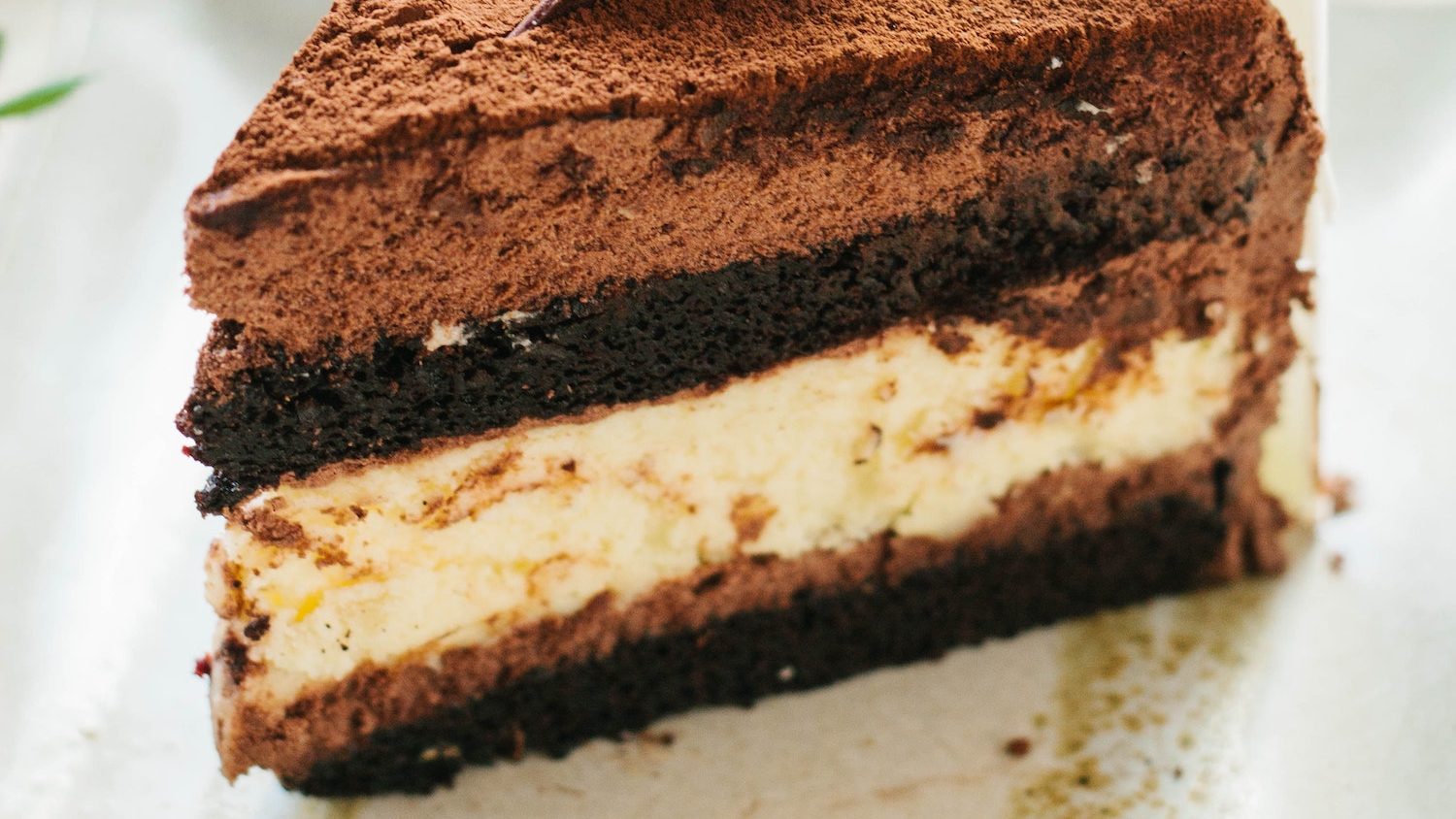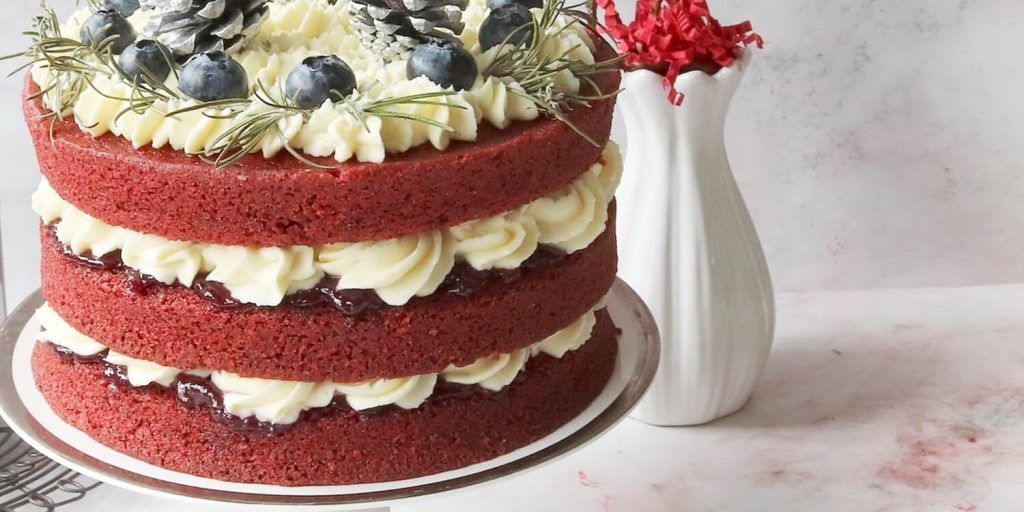Have you ever wondered what the difference is between different types of cake? There are two main types: a sponge cake and a butter cake. What is the difference between sponge cake vs cake? You may hear the words Chiffon and Genoise used to describe a type of sponge cake. Especially if you’ve been watching Bake Off recently. But what do they mean and would you be able to make them at home? We’re here to help you with all the cake guidance.
We’ve also included our favourite sponge cake recipe in this article for you to try yourself. Keep reading to find out our tips for making the ultimate layered sponge cake, perfect for birthdays or other celebrations.
What is a cake?
The definition of cake is a sweet baked food made from a dough or thick batter. It usually contains flour, sugar and eggs amongst other ingredients. They can be accompanied with a wide range of extras such as fruits, buttercream and chocolate decorations.
Cakes can be used for many different celebrations around the world, such as birthdays and weddings. They are traditionally eaten at any time of day. Some people even have cake for breakfast! In England, cakes are used to form an “Afternoon Tea” or “High Tea”. This is where people eat a mixture of cakes and pastries, accompanied by cups of tea.
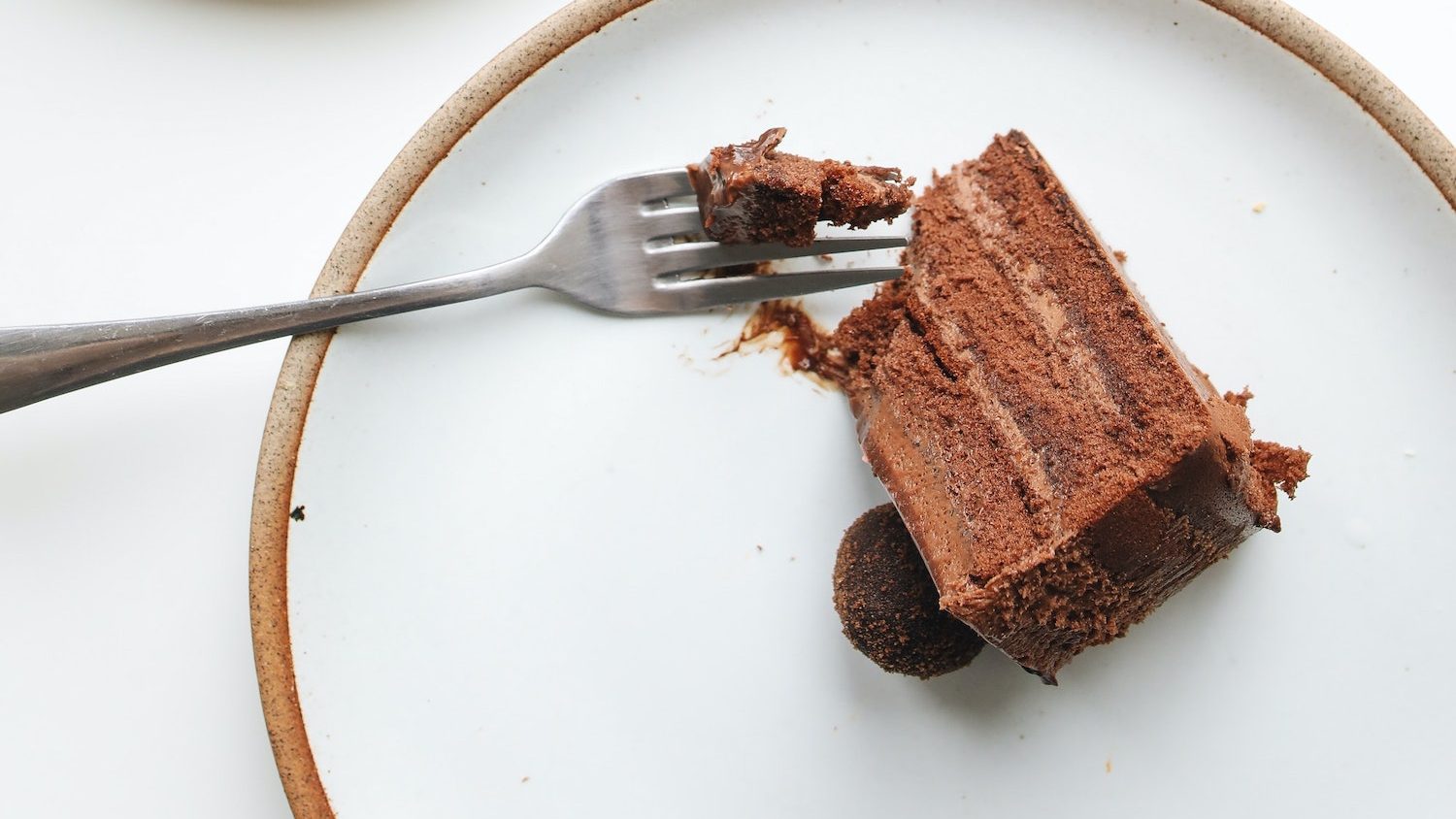
What is the history of cake?
The word “cake” derives from a Viking origin from the Old Norse word “kaka”. Other early examples of cake take us back to Ancient Rome. A basic bread dough was sometimes enriched with honey, butter and eggs to produce a cake-like baked good. In England, early forms of cake were essentially bread. The only way to tell the difference was between the shape and cooking style. Cakes were round and turned over during the baking process. Bread was kept upright and rose into a loaf position.
How many types of cake are there?
There are two main types of cake; butter cake and foam cake. The distinction between these two types is the fat content. Butter cakes contain either butter or margarine. Whereas foam cakes have a larger proportion of egg, with little or no fat content. This gives a lighter and more airy texture, like an angel food cake.
Pound cakes are extremely dense, and they get their name from how the ingredients are measured. They contain a pound of butter, a pound of sugar, a pound of flour and a pound of eggs. Typically they do not rise as well as traditional sponge cakes. Pound cakes are normally baked in either a loaf tin or bundt tin.
Foam cakes are light and airy as they get their texture from whisked egg whites. The key is to put the mixture into the oven quickly before the egg whites start to deflate. An example is a trifle sponge cake, which can be topped with fresh fruit and whipped cream or light frosting.
A Genoise sponge cake contains beaten eggs or egg whites with sugar. The flour is then folded into the mixture, with added butter or oil for extra moisture. Traditionally, this is what a sponge cake is referred to in Italy or France. The Genoise sponge cake is more moist and tender than other sponge cakes.
Baked flourless cakes are any forms of cake which do not contain flour. A baked cheesecake or flourless chocolate cake are examples. These cakes are often baked in a water bath to prevent the cakes from burning. They are usually very rich because of the amount of egg yolk and fat they contain.
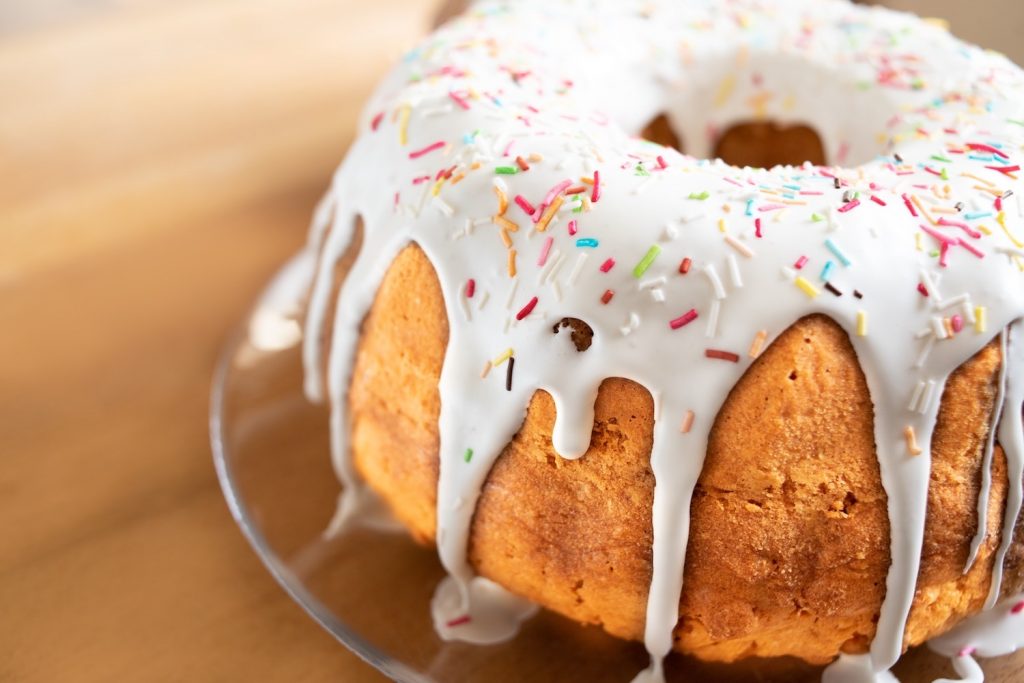
What is a sponge cake?
A sponge cake is made from whipped eggs, sugar and butter. Traditionally, a sponge cake will not use a leavening agent such as powder or baking soda. The sponge will have incorporated air into the mixture through the whisking of the eggs. They rely on trapping the air to work as the raising agent, causing the sponge to rise. The process of using eggs is thought to be the oldest method without the use of yeast.
What is the difference between a sponge cake and a vanilla cake?
There are some features between a sponge cake and a vanilla cake which are similar. A vanilla cake contains more milk and fewer eggs compared to a sponge cake. This makes them slightly denser in texture but also more moist. A vanilla cake may not have separate layers. However, a sponge cake often does have separate layers which are filled with either buttercream, jam, ganache or fresh cream. Another variation lies in the name of the cakes. Vanilla cakes often contain vanilla flavouring or extract in the sponge. A sponge cake does not usually have a flavouring inside the cake batter itself, normally inside the filling.
What is the difference between cake and gateau?
A gateau is typically a rich cake originating from France. The French word translates to “sponge cake.” It often contains layers of cream, ganache or fruit. The main difference, is that a gateau does not include a leavening agent such as baking powder. The gateau does not have a very long shelf life, and is normally eaten within a day of it being made. An example of a gateau is a black forest gateau, containing rich dark chocolate and fresh cream.
The process of making a gateau is more complex than making a cake. It consists of several layers and often takes more time. A cake would have one or more fluffy layers, but far fewer than a gateau. A cake could be used for a special ceremony celebration. Whereas the gateau may be presented as a dessert or in a pastry shop. The gateau may be more dense and contain more rich ingredients to enhance the flavor.
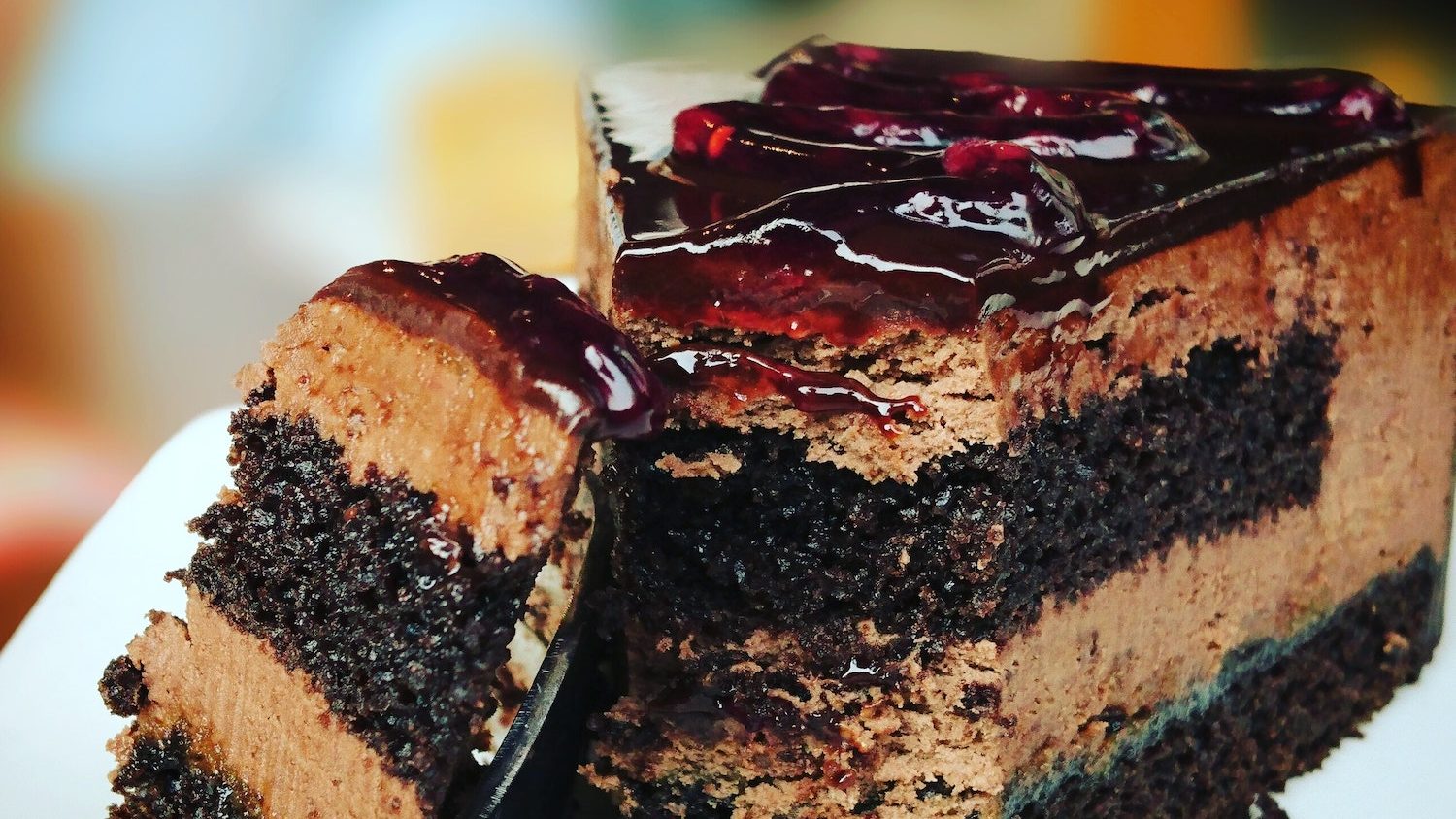
Butter cake vs chiffon cake vs pound cake:
Butter cake is also referred to as a cream cake. They have a lighter texture and greater volume than a pound cake. Pound cakes are more dense as they contain a pound of butter, pound of eggs, pound of flour and a pound of sugar. Pound cakes are often served with a light icing, as they are more dense in flavour.
A butter cake is considered the quintessential American cake and are often served at weddings or birthdays. They contain a leavening agent and are a form of sponge cake. Butter cake originated from the English pound cake, which traditionally uses the same amount of ingredients to create a heavy, dense cake. If the recipe tells you to cream together your butter and sugar, then this is a type of butter cake.
A chiffon cake is a very light cake made with vegetable oil instead of butter or shortening. Using the oil instead of a traditional solid fat improves the ability to to beat air into the batter. It can be a healthier option, tending to have less sugar than other sponge cakes. There is a high ratio of eggs to flour, and the leavening is mainly from air being beaten into the egg whites.
Does cake need to have flour to be called a cake?
In short, no. There are many different cakes which do not incorporate flour. For example a cheesecake is a form of flourless cake. Other flourless cakes may use substitutes such as ground almonds or polenta. They also have the advantage of making a cake gluten free if they do not involve flour. There are even cakes which consist of mashed potato instead of flour.
The different shapes of cake:
Cake makers are becoming more inventive with the shapes of cakes they are making. Traditionally, cakes may either be round or square in shape. Other common shapes of cake include bundt cakes, cupcakes, Swiss rolls, cake pops or sheet cakes. Layer cakes can be created by using a round springform tin to bake the layers. The cake is then created by stacking the layers together and filling them in between with buttercream or ganache.
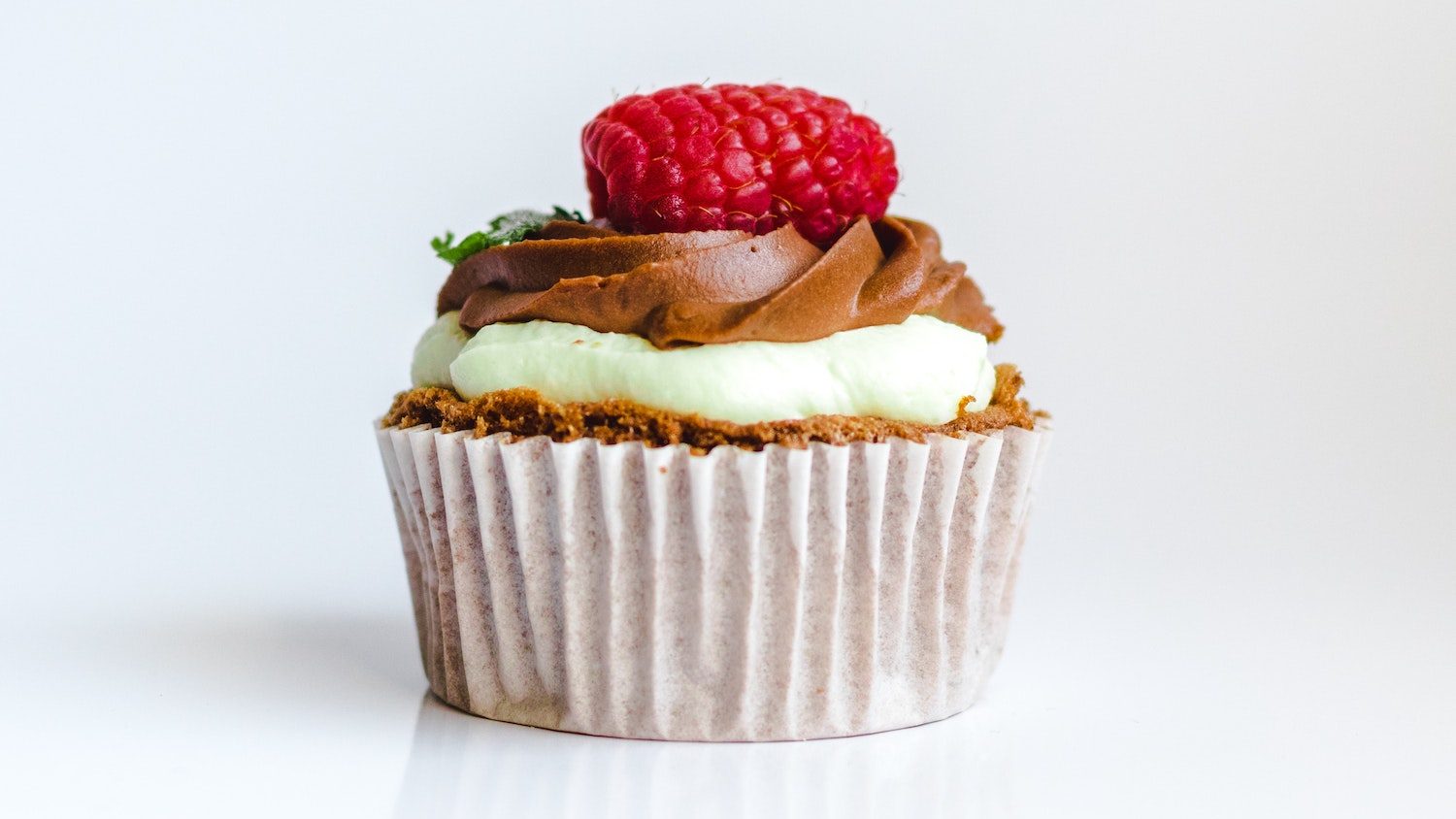
Is a Swiss roll a cake?
A Swiss roll is a type of sponge cake which can be rolled up with a filling of whipped cream, ganache or jam. The easy desert is great to create if you’re entertaining and looking to whip up something quick for your guests. Swiss roll cake is a light sponge cake which can be filled and then rolled into a log shape ready for cutting up into slices and serving. A Swiss roll may also be known as a jelly roll, roll cake or cream roll.
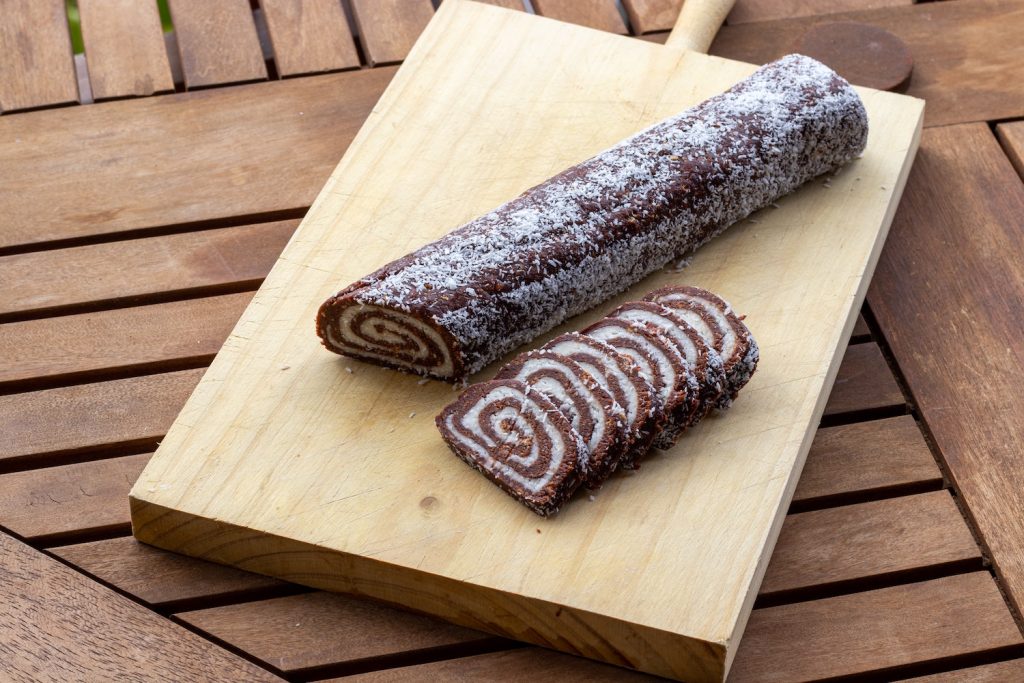
Decorating a cake
A finished cake does not always need to be decorated. Sometimes it can be enhanced further to make it look more appealing, or taste even more delicious. Examples of cake decoration include using butter and sugar to form a buttercream. Powdered icing sugar mixed with lemon juice or water can be drizzled on top of the cake.
If you visit a bakery and see a cake in the window, it might not always be a real cake inside. Sometimes bakers decorate a polystyrene cake with real edible decorations. This gives you the impression it looks like a real cake to show off the bakers decorating skills. One reason for this is that the polystyrene cake will keep a lot longer in the shop window than a real cake with fresh ingredients.
Other types of cake decorations could include the piping of buttercream onto the cake. Some cake makers like to decorate their cakes with either fresh flowers or edible flowers. You may see cakes decorated with macarons, meringue kisses or sprinkles.
The best sponge cake recipe:
We’re so excited to share with you our favourite sponge cake recipe for you to try for yourself at home. This recipe can be doubled into making a taller four layer cake, or kept simply as a two layer cake. The sponge is light and fluffy, and can be paired with jam and buttercream to make it extra special.
Preheat the oven to 160 degrees C (fan assisted). Line and grease two 6″ round loose bottomed tins. We recommend using Silverwood tins to get a perfectly even bake.
Ingredients:
- 250g unsalted butter
- 250g caster sugar
- 250g self-raising flour
- 4 large eggs
- 4 tablespoons whole milk
Method:
Firstly, beat the butter in a stand mixer until pale and creamy in texture. Add in the sugar, continue to beat on a high speed for at least 5 minutes until the sugar is fully incorporated and fluffy.
Turn the mixer onto the lowest setting, and add your eggs one by one. Ensuring the eggs have been fully mixed into the sugar and butter before adding the next one. Don’t panic, it may look like your mixture is becoming curdled. If this happens, add a small amount of flour to bring the mixture back together.
Once all the eggs have been added, slowly add your flour a tablespoon at a time whilst your stand mixer is continuing on a low speed. You do not want to shock your batter by adding all the flour in at once. Adding the flour slowly helps to incorporate more air into the mixture.
Add your tablespoons of milk, and turn the mixer onto a high speed and beat well for around 30 seconds. We recommend scraping down the side of the mixing bowl with a spatula to ensure all the flour and butter have been properly mixed into the batter.
Bake in your preheated oven for a minimum of 22 minutes. Do not open the oven before 22 minutes, as you risk your sponges deflating. Check your layers with a cake tester to ensure the cake is cooked. If there is no residue on the cake tester, remove your cakes from the oven.
Leave your cakes on a cooling rack in the tins for at least 5 minutes. After this time, turn out from the tin and leave to cool fully on the cooling rack. Don’t be tempted to decorate your cakes until they are fully cool, otherwise the buttercream could melt as soon as it touches the warm cake.
We recommend serving the cake with either buttercream, fresh cream, fresh fruit or jam. Enjoy and let us know how you got on making your sponge cake!
